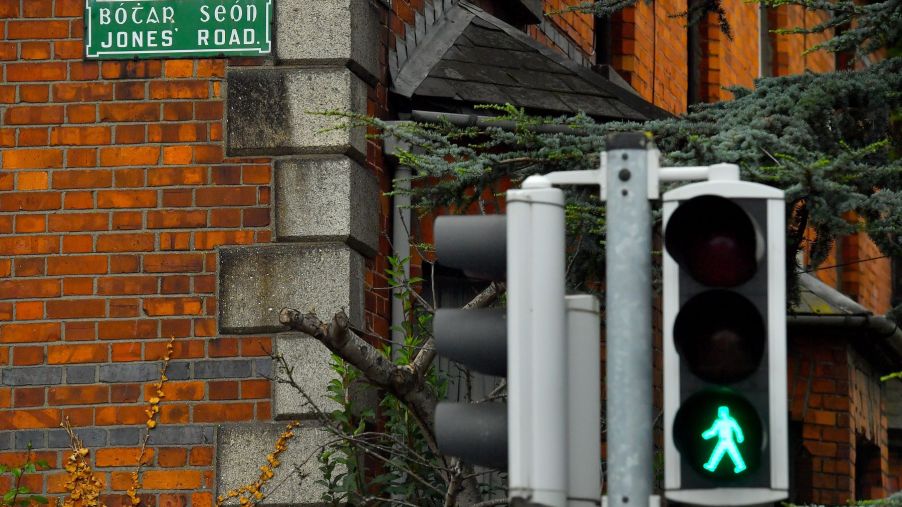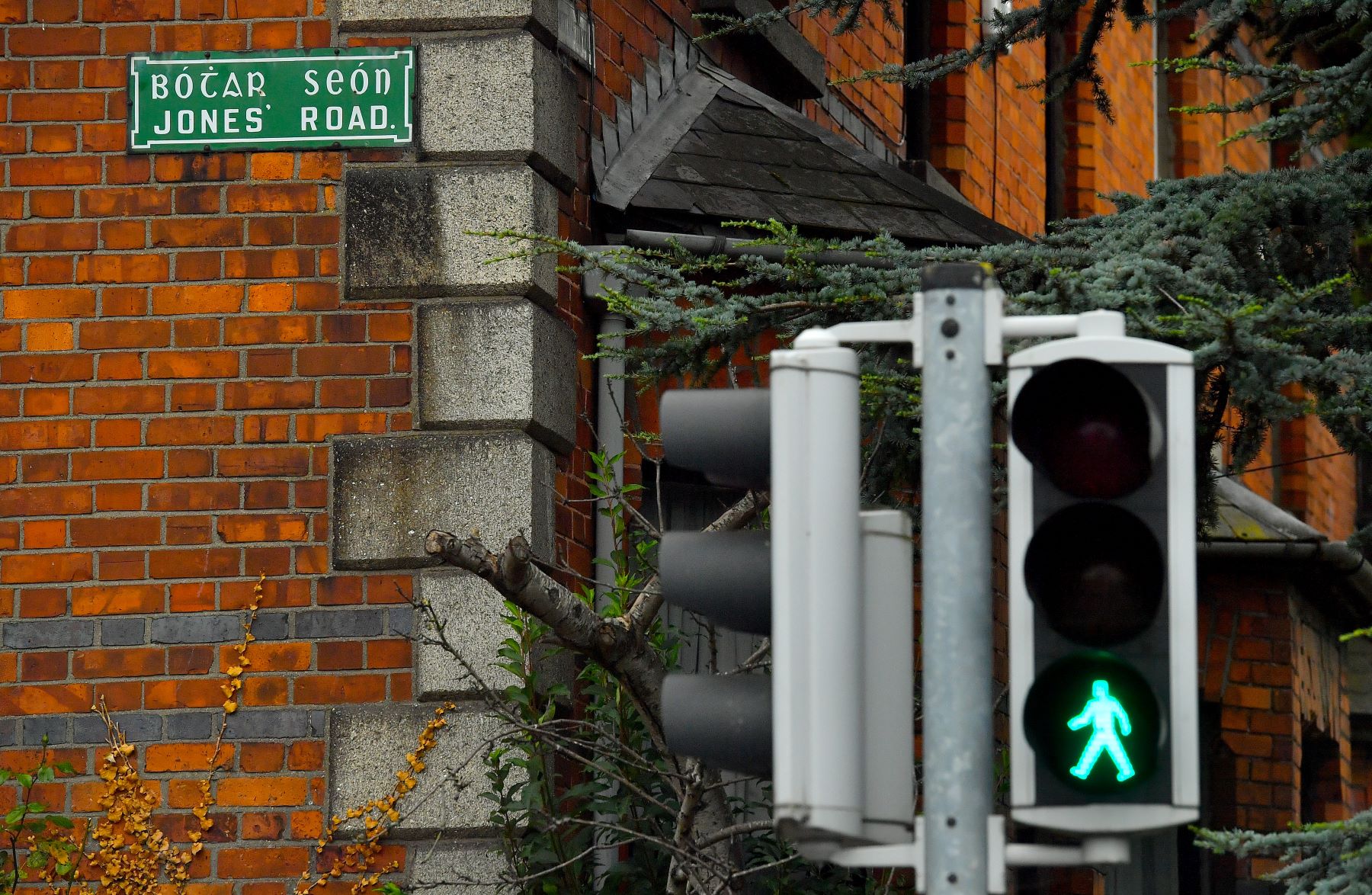
How Heavy Is the Average Traffic Light?
Just about every American sees a traffic light daily. However, few have put much thought into them other than wishing for them to turn green while having curious daydreams about cars and city planning.
Traffic lights are so ubiquitous that it’s hard to imagine a world without them. With that in mind, we decided to do a little digging into these overlooked pieces of necessary maintenance and infrastructure. Join us as we answer common questions about these yellow boxes, such as “how heavy is a traffic light?”
Different weights for different situations

According to What Things Weigh, the standard American traffic light weighs between 30 and 50 pounds. Part of the weight disparity depends on the material used in a specific traffic light. Most newer ones are made from aluminum and plastic, while older ones are made from cast iron.
Additionally, some traffic lights hold more signals than others. While we tend to imagine them as just having three signals (red, yellow, and green), we’ve all seen ones that also have green and yellow arrows. With the addition of more signals comes more weight.
Different traffic lights will have different lens sizes, which will also influence the weight. Lenses tend to either be 8 inches or 12 inches. Generally speaking, larger lenses are used if drivers need increased visibility. Additionally, some are designed so that red lights are bigger than the other colors.
The actual design of a traffic light will also have an impact on overall weight. Some manufacturers will base their designs on pragmatic or stylistic appeal. A notable example of this is the standard visor. The next time you’re in traffic on your commute, you can probably notice different traffic signal designs as you cross city and county lines, as noted by Hillsborough County. While there are a large variety of ones today, their earliest iterations didn’t even have lights.
History of traffic lights
Many of these design origins come from the world of railroads, as we discovered in our first exploration of the long history of traffic signals. The prototype first appeared in England, but it didn’t have any lights at all. Instead, it had arms holding placards that read “stop” or “go.” These arms would move and retract to direct the heavy horse carriage traffic of London. These were called “traffic signals.” In many parts of the U.K., traffic lights are still referred to as “traffic signals” for this reason.
While the first traffic signal appeared in London in 1868, it would be some time before they found their way across the pond. As reported by Vox, the first electric traffic signal system in America wouldn’t be installed until 1914. Before this, the roads of America were chaotic. Granted, most vehicles were horse-drawn carriages. However, figuring out who had the right of way would be an exciting exercise in anarchy. As we entered the age of the automobile, safety became more important.
Traffic light safety
Traffic lights are undoubtedly a critical piece to maintaining safe roadways. Yet our imagination can’t help to wonder if hanging ones are more dangerous than stationary ones. A particular fear arises in most drivers when seeing a hanging signal being tousled by high winds.
While the bouncing traffic lights hanging from wires look frightening, we couldn’t find any evidence that they’re more dangerous than stationary ones. Of course, this may be different in extreme weather situations like hurricanes or tornadoes, but they’re just as safe for everyday life.


